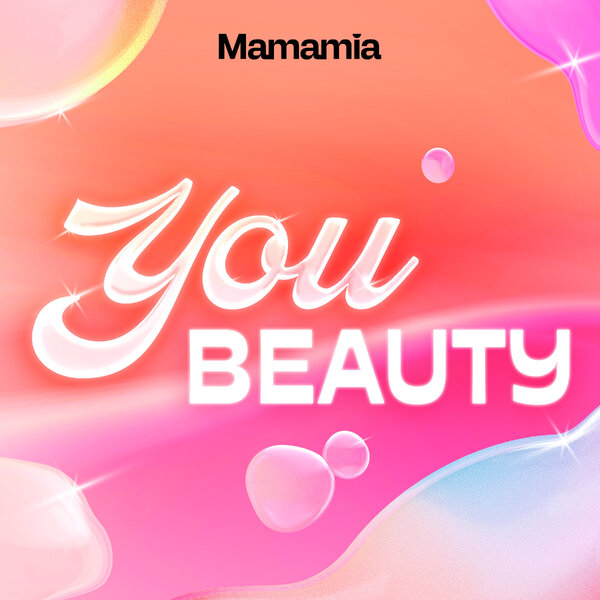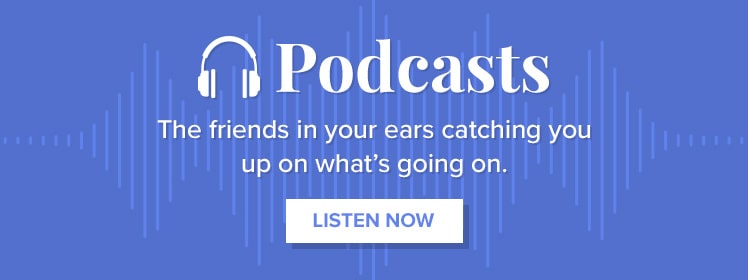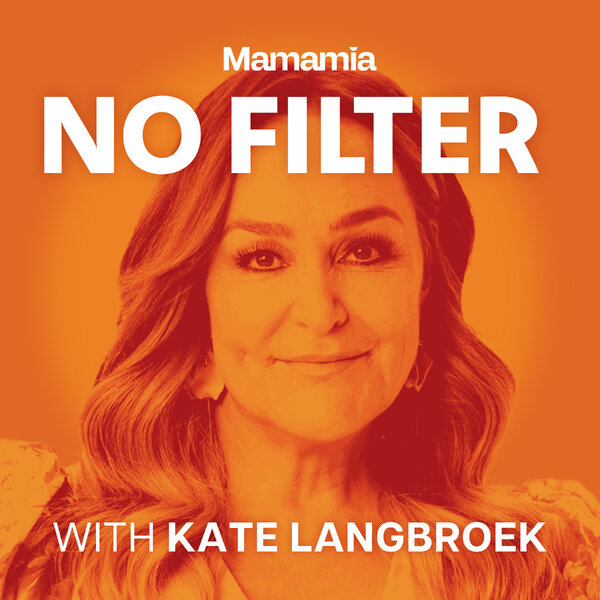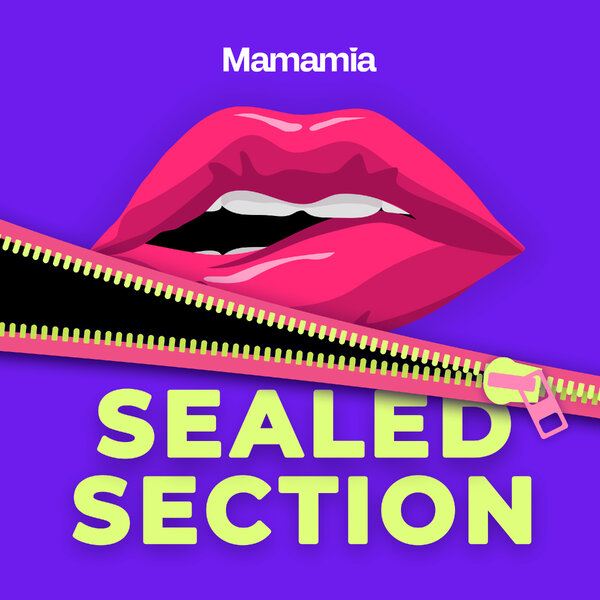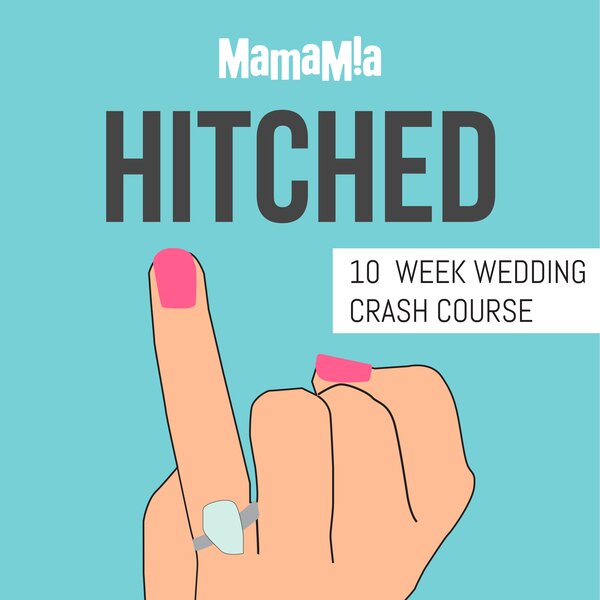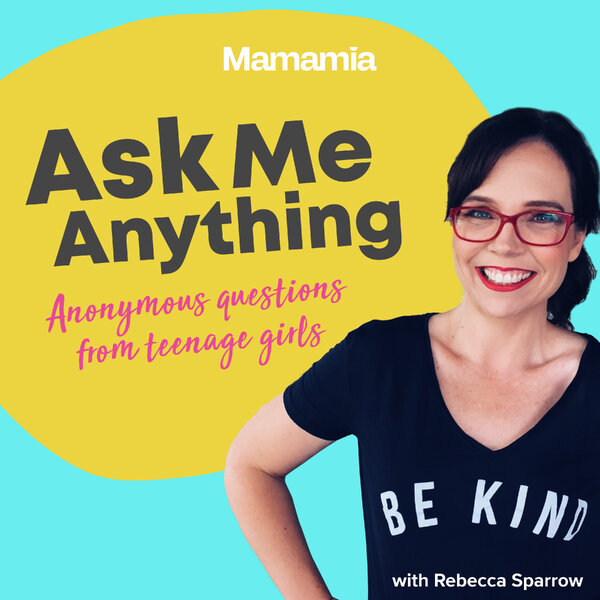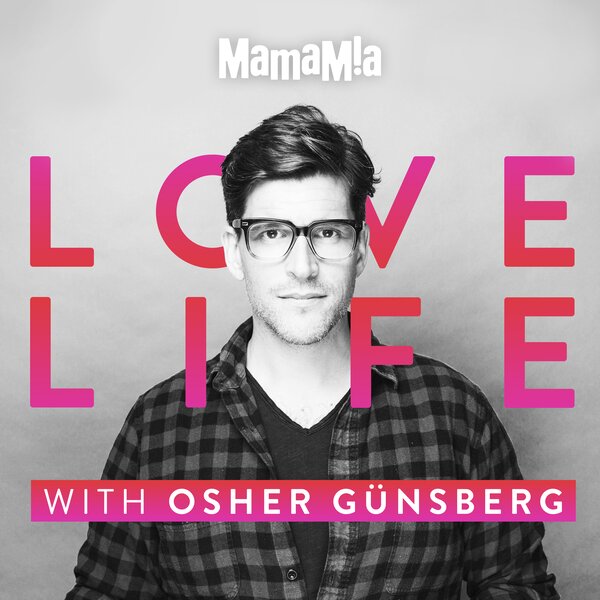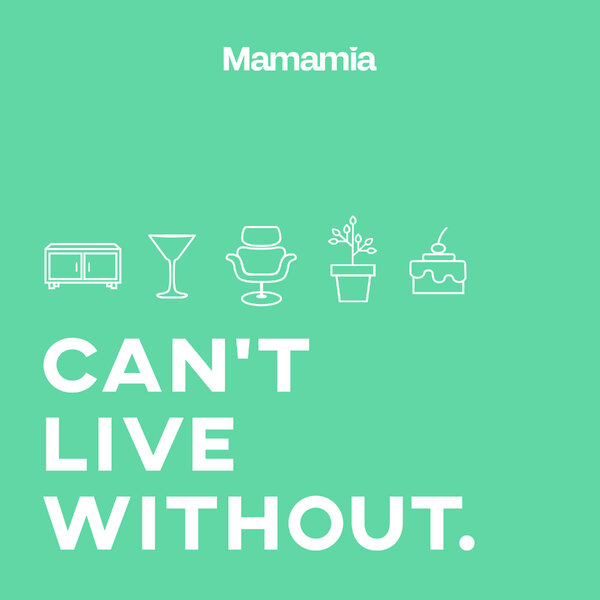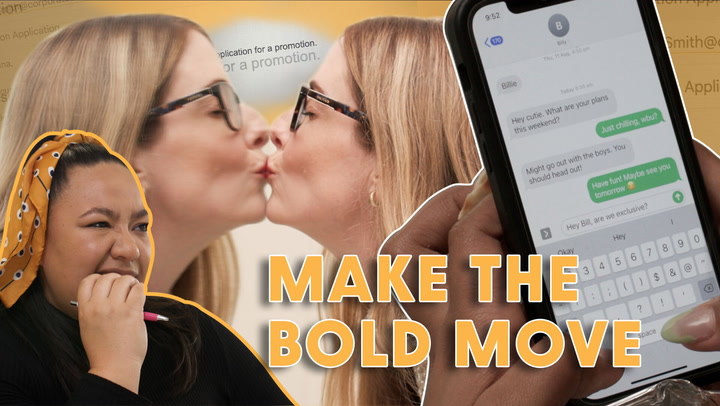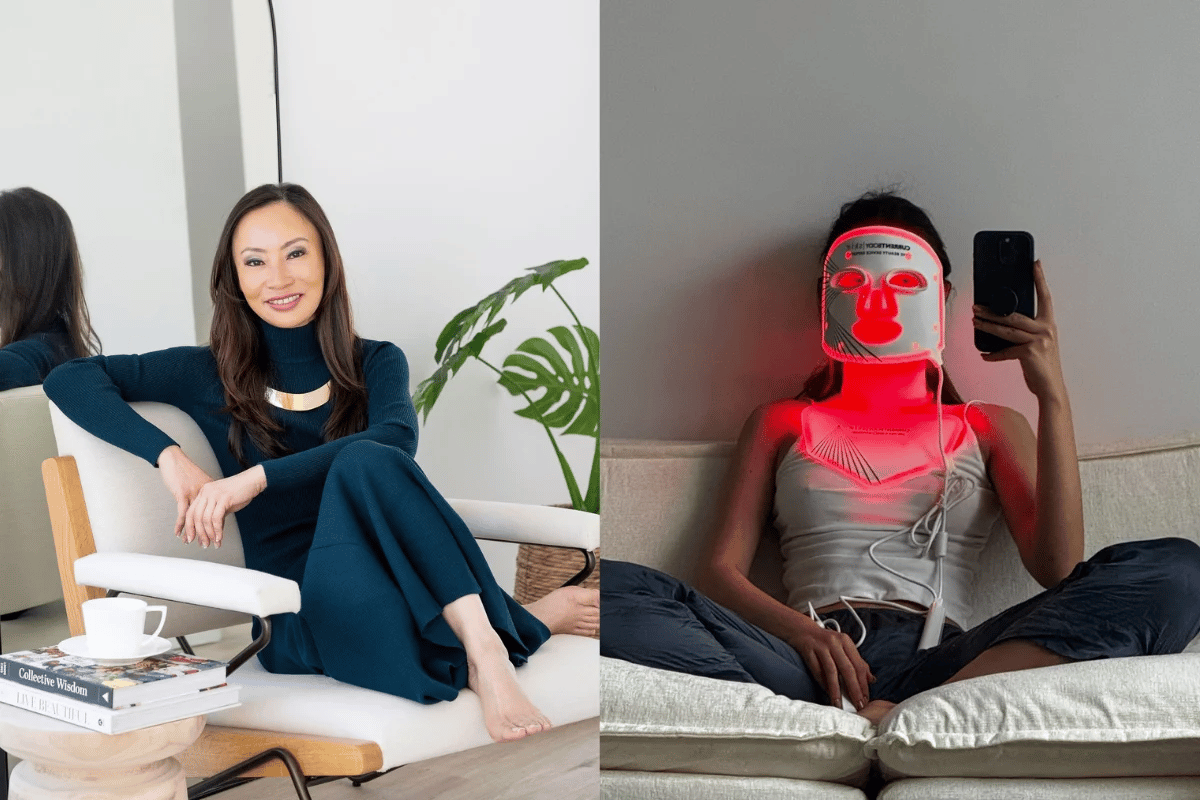
These days, our obsession with skincare goes far beyond serums and moisturisers. It's all about LED masks, microcurrent wands, laser lights and other expensive vibrating devices.
In fact, the global skincare devices market is expected to reach $33.64 billion in 2025 and is forecast to hit around $84.69 billion by 2034. Absolutely wild figures, if you ask me.
Watch: Holly Wainwright chats with Dr Leona Yip for advice on what skincare products she should be using. Post continues below.
We've been influenced to drop hundreds, even thousands, on these devices that promise clinical-level results to slow down the ageing process and promote healthier skin. But the question remains: How effective are they? Do they actually work, or are they just overpriced gimmicks? Or worse, have we been using devices that are doing more harm than good?
Well, we finally have the answers.
On a recent episode of You Beauty podcast, host Erin Docherty spoke with one of Australia's top dermatologists and the Director of Skin Partners, Dr Leona Yip, who revealed exactly what she thought about these cult at-home devices.
Here's what she had to say...
